9 small but effective ways to make your home a healthier place for you and your family
Your home should protect your physical and mental health – so here’s what you can do right now


You’re probably not aware of it, but your home could be damaging your health. Or, at least, it could be failing to make you happier and healthier in the way it could.
Some problems are harder to fix – and more hazardous to health – but must be prioritised. If you have damp and mould, the underlying structural issues must be urgently dealt with to prevent respiratory problems. Similarly, dangers such as faulty electrics, leaks and loose carpet or spongy floorboards must always be the priority.
However, other changes are simple to make and could make all the difference to your wellbeing and boost your mood at home.
From poor air quality and clutter to disturbed sleep and dust mites, there are many snags with an easy fix.
1. Optimise your bedroom for sleep
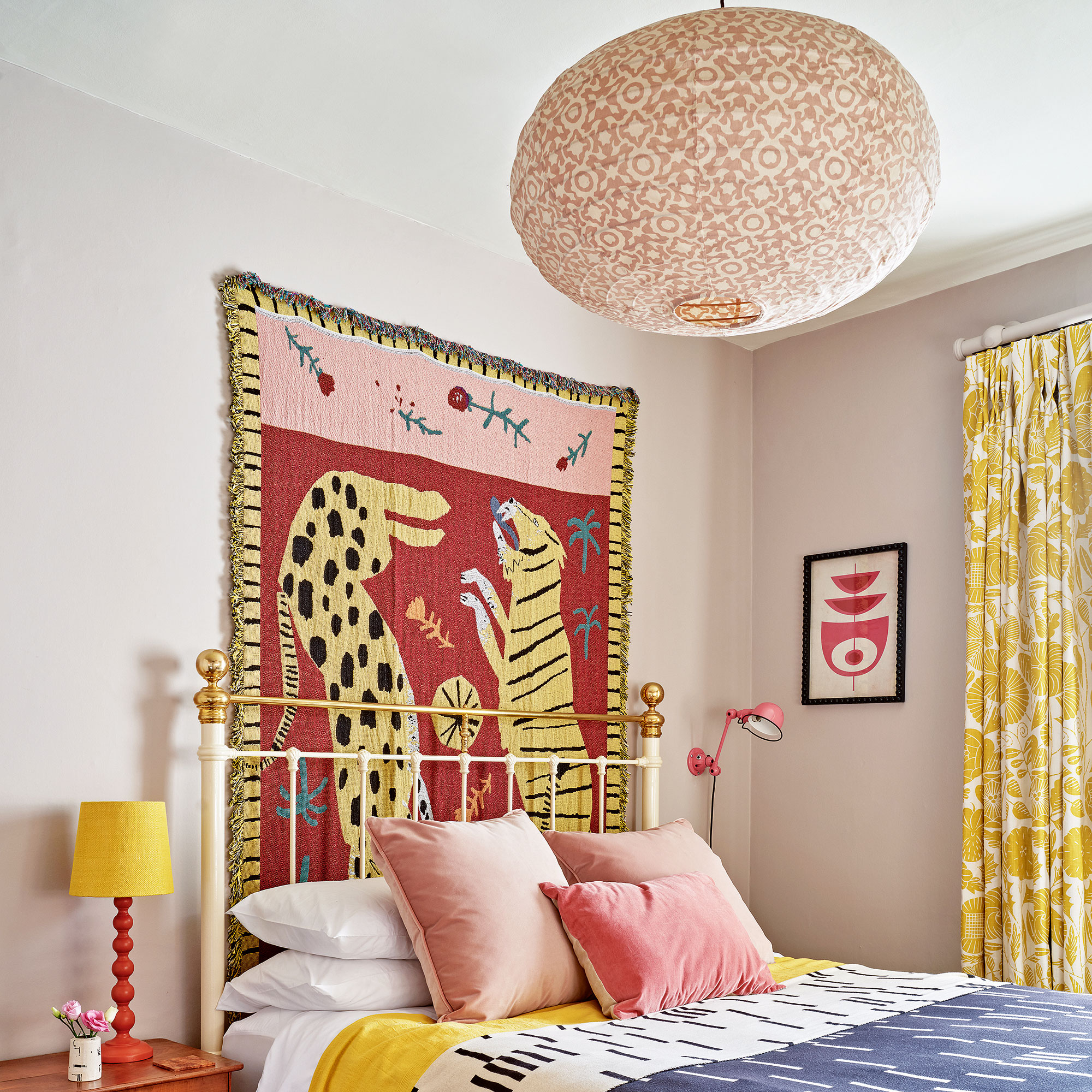
Good sleep is the bedrock of good health – both physical and mental. There are myriad ways to fix your sleep schedule, but sleep consultant Jane Armstrong’s top three are as follows:
‘The bedroom temperature needs to be 16-18˚C as high temperatures disturb sleep. A cooler temperature will help with sleep onset and overall sleep quality.
‘We need bright light in the morning and throughout the day to help maintain our body clock, but dim light in the evening to help us to fall asleep. Have dimmable lamps or lights in your bedroom and avoid bright blue or white light. Keep the room as dark as possible during sleep time with blackout blinds or curtains, and pull them back in the morning when you get up to expose yourself to as much light as possible.
Sign up to our newsletter for style inspiration, real homes, project and garden advice and shopping know-how
‘Avoid having electronics with you at bedtime. Leave phones, tablets or laptops somewhere away from your bedroom so you fall asleep without disrupting your body clock. You will also be less tempted to use them during the night if you wake up, which would further disrupt your sleep pattern.

After graduating from the Open University with a BSc in Social Sciences, Jane went on to work for a charity supporting disabled children and families before training as a sleep consultant. She has an OCN Level 6 qualification in advanced paediatric sleep practitioner training and is also trained in cognitive behavioural therapy for insomnia. She is a member of the Hunrosa sleep consultancy, which is commissioned by the NHS.
2. Declutter

Clearly, piles of hoarded belongings present a risk of injury (not to mention fire), but even low-key clutter can cramp your style. Organisation is self-care. Professional organiser Anita Fortes of A Neater Life explains, ‘Studies show a correlation between disorganisation, clutter, and mental health conditions including chronic stress, anxiety and depression. My clients tell me decluttering has real benefits for their mental health by reducing anxiety and the distractions caused by visual clutter.
‘Greater spaciousness in the home increases feelings of calm. Being able to find what they need when they need it helps people feel more in control of their lives. Clients report less conflict with family caused by chaotic living and feel more comfortable inviting visitors into their home, improving social interaction and feelings of connectedness.’
Take a strategic approach by developing habits for everyday tidying and learn how to declutter mindfully.
3. Manage everyday mess

Organising and setting up storage for areas that attract mess are the key to a smoother-running life. Anita Fortes comments, ‘Any area of the home can become a clutter hotspot where items accumulate, but in my experience, the main culprits are hallways and kitchen worktops.
‘Hallways are the first point of contact when people enter the home, quickly becoming a dumping ground for coats, shoes, bags, post, deliveries, etc. But a greeting of clutter can evoke a stress response for inhabitants, as well as being very off-putting for visitors.
‘High levels of hallway clutter can result in blocked exits or trip hazards, creating a safety risk. In addition, rummaging for what you need when you are departing in a rush can be very stressful, making it difficult to get anywhere on time. Serious storage solutions like built-in cabinetry are a huge help, but small hallway ideas that include using baskets for shoes, hooks and a console will ease your comings and goings.
‘The kitchen is another hard-working space that gets a lot of daily traffic,' Anita adds. 'Random pieces of paperwork, such as bills and receipts, often build up on worktops, along with unwashed crockery, laundry and various items that are en route to somewhere else. Cluttered worktops can evoke feelings of loss of control as well as limiting the functionality of the kitchen.’
A family command centre is a great solution that requires a small amount of wall space but can be a complete game-changer.
4. Repaint a relaxation room
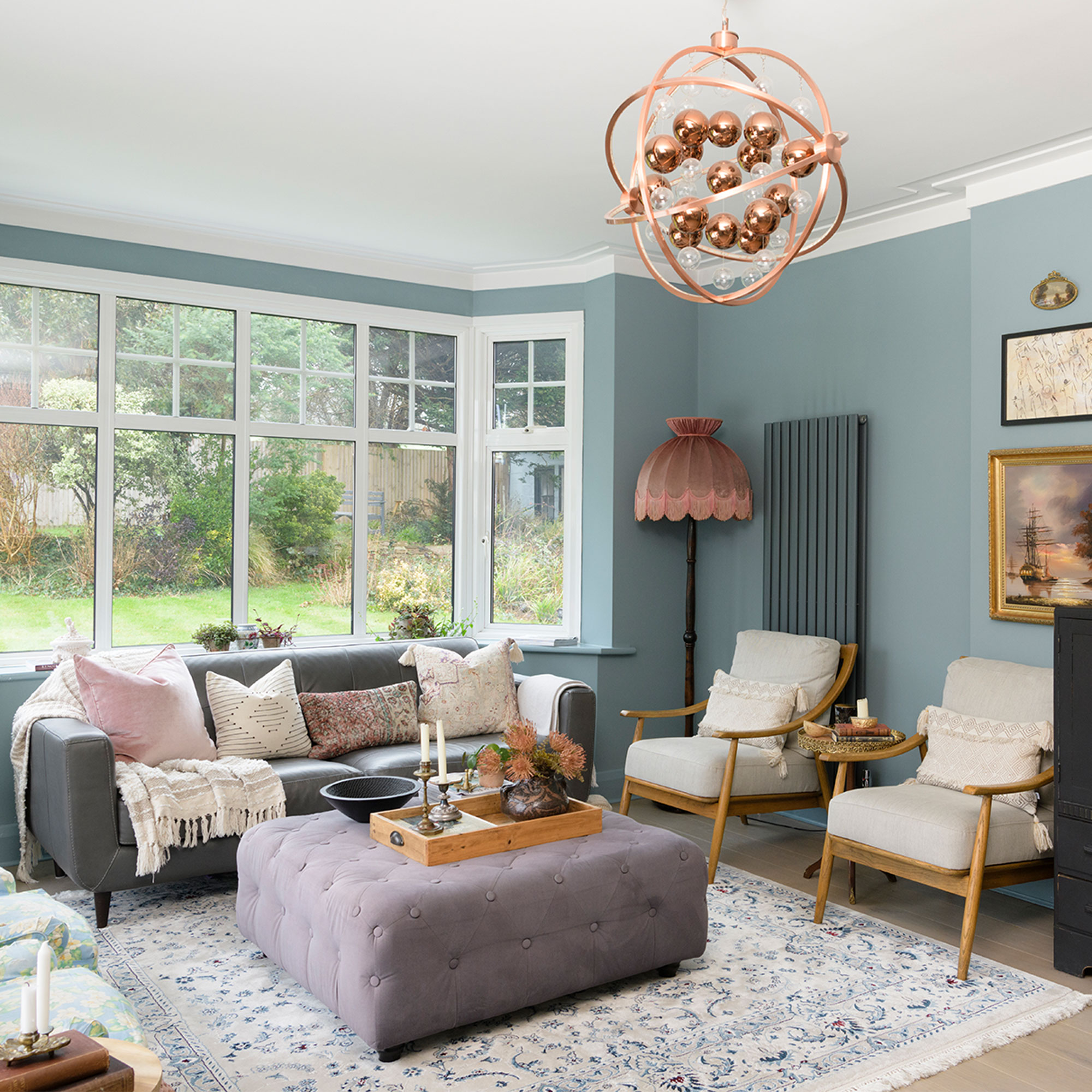
If you're struggling to relax at home, it might be worth considering colour psychology when choosing your paint colours. Colour consultant Jules Standish explains, ‘Colour can create a mood in a room that impacts how we feel and behave, creating a positive emotional and physical reaction. Each colour and its tint or shade has a psychological impact on us, and sometimes this is only felt subconsciously, so we are not even aware of its power.
‘Consider for spaces that require a relaxing vibe the psychologically calming hues of blues and greens but in low saturations. The lighter, softer ones will automatically feel more soothing than the very deep or darker shades.
‘Blue is associated with healing and caring qualities and is essentially a cold colour. It connects us to the skies and creates a calm space that encourages us to de-stress and unwind. As the colour represented by night, it also slows down our metabolism and settles a busy mind, creating a calm, cool living space and helps us to sleep deeply, with its sedative effect.
‘Green is easygoing, just like in nature, it’s restorative and strengthening. Therefore, it’s perfect for living rooms and bedrooms as it allows us to take a deep breath, stop, relax and re-boost our body, mind and emotions. Refreshing and a tonic to the system, Green enables us to re-balance and feel hopeful, seeing things more clearly to make good decisions and be more productive, once rested.’
5. Open a window
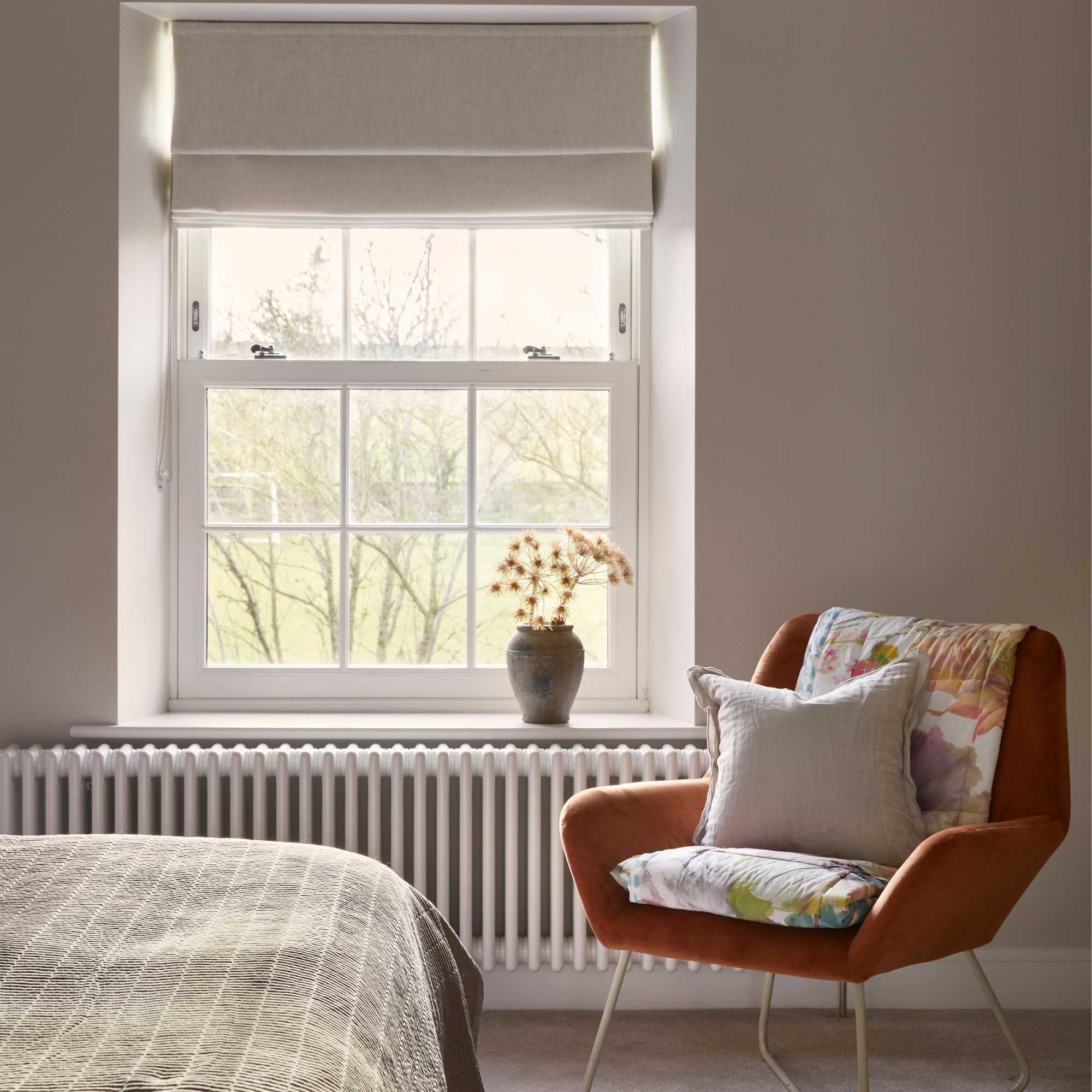
Poor indoor air quality is a hidden health threat, especially for those with asthma or other lung conditions. According to the Department for Environment, Food & Rural Affairs Indoor Air Quality report, it is caused by cooking, using gas, burning solid fuels and chemical emissions from paints, floorings and spray products.
The report states, ‘As well as retaining heat, moisture in the form of water vapour is also retained in an airtight building. With modern homes becoming more airtight, and with few new homes being built with airing cupboards, continuous background ventilation is essential in allowing that moisture to escape the building.’
The best way to improve air quality at home is to open windows regularly – including in winter – and/or to make sure the vent slots in your window frames are open. Also, banish all aerosols and spray products from your home (for cleaning, personal care or air freshening) and have the extractor on and windows open while cooking.
6. Switch up lighting
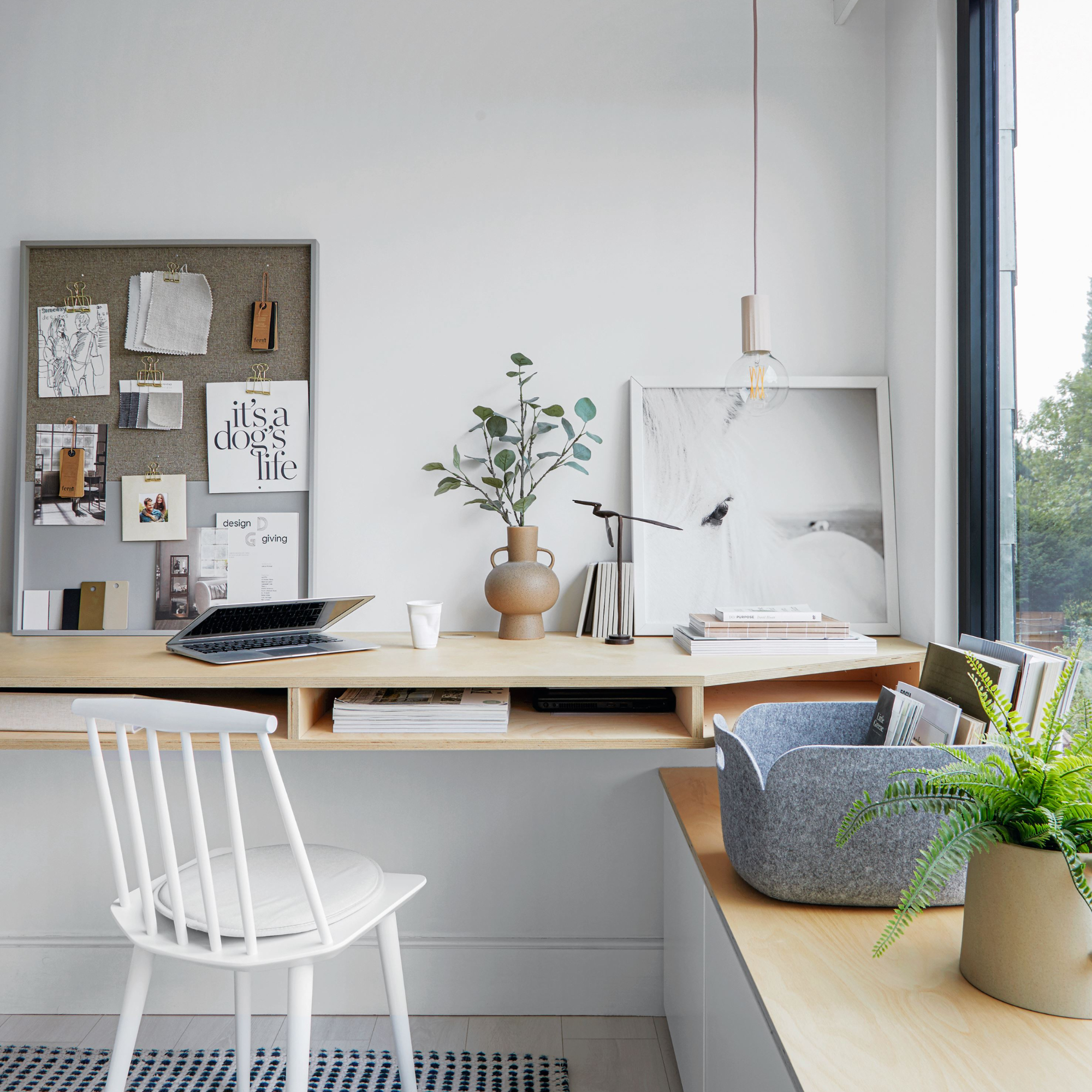
Boosting the natural light in your home comes first but in the dark winter months, the latest thinking is that artificial lighting should follow our bodies’ natural circadian rhythms to avoid working against our physical and mental wellbeing. This doesn’t have to involve a big investment in technology.
David Amos, director at Amos Lighting explains, ‘Circadian lighting refers to lighting systems designed to align with the body's natural circadian rhythms, which are the physical, mental, and behavioural changes that follow a roughly 24-hour cycle.’
To use your home’s lighting to boost well-being, David recommends the following: ‘Start your day with bright, cool white light to simulate natural daylight. This can help regulate your circadian rhythm, improve mood, and boost energy levels. However, during the day, especially in work areas, use bright, cooler tones to enhance alertness and focus. This helps maintain productivity and can reduce feelings of fatigue.
‘Where possible, gradually shift to warmer, softer lighting as the day progresses. This mimics the natural change in sunlight and signals to your body that it’s time to wind down. Then, in the evening, use warm, dim lighting to create a calming atmosphere. This can help reduce stress and prepare your body for sleep. Try investing in smart bulbs that can be programmed to adjust throughout the day.’
Investing in a sunrise alarm clock is another way to mimic this lighting cycle.
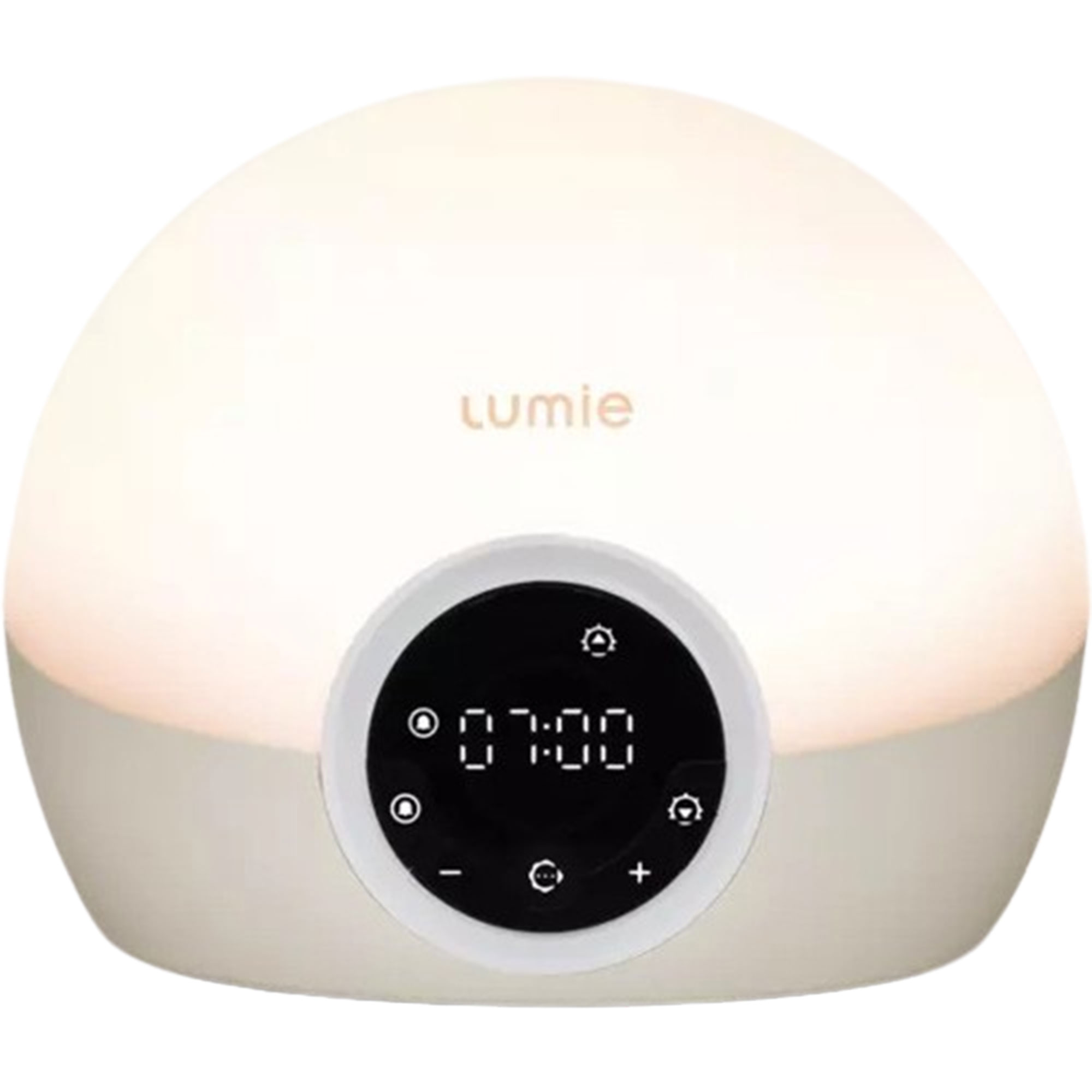
Lumie is one of the best places to pick up a sunrise alarm clock. They have a huge range, but this sub £100 version is a great entry model as a starting point.

A John Lewis bestseller this stylish sunrise alarm clock also works as a daylight table lamp.

Over 5,000 reviews on Amazon don't lie, this wake-up lamp is a crowd-pleaser with a warming orange light.
7. Sanitise touchpoints
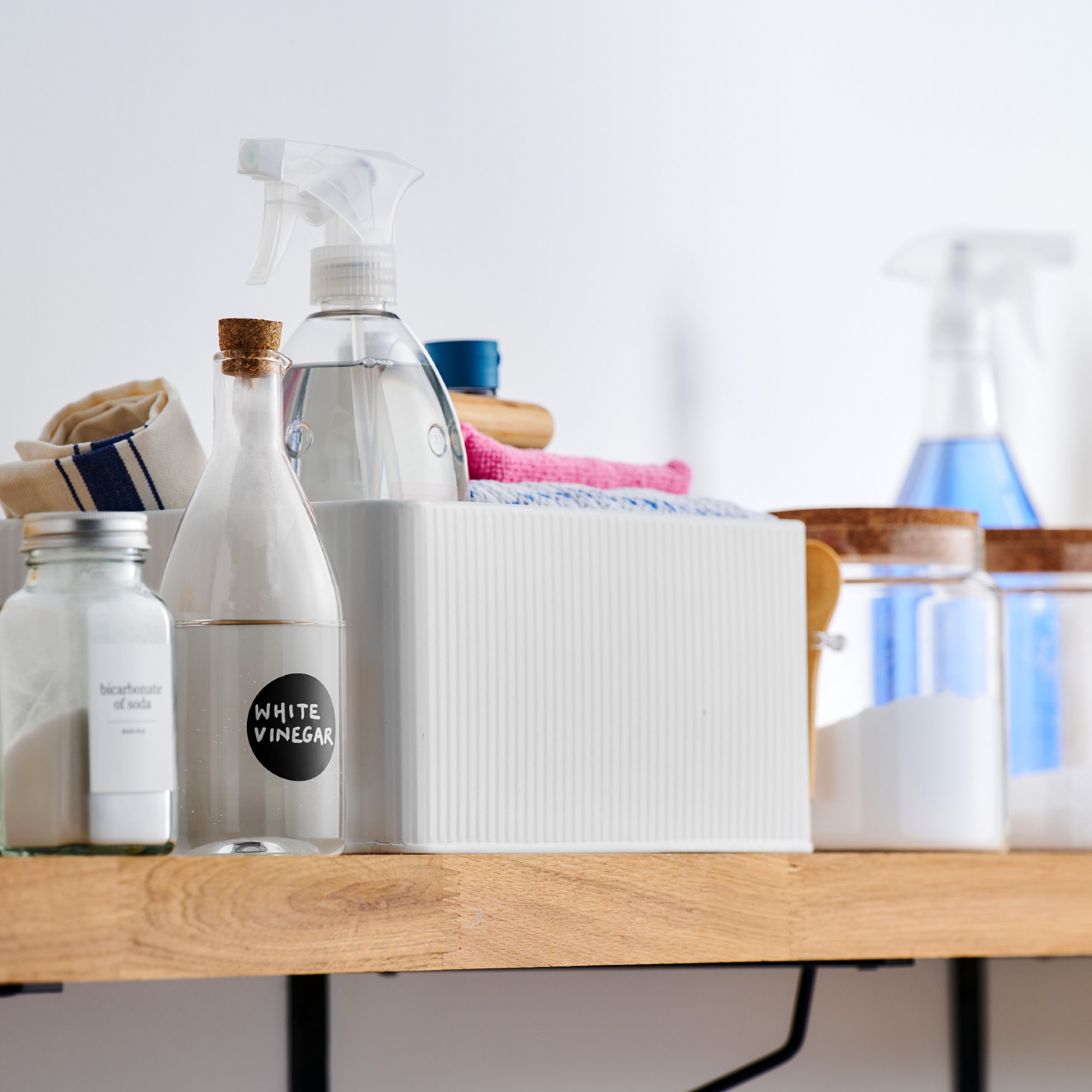
Back in 2019, the Royal Society for Public Health revealed results of a study that showed one in four members of the public believe hygiene in the home is not important, thinking children need to be exposed to harmful germs to build their immune system. The Society called for an end to this myth that being ‘too clean’ is bad for health.
Professor Lisa Ackerley, RSPH trustee and food hygiene expert, said, ‘Good hygiene in the home and everyday life helps to reduce infections, is vitally important to protecting our children and reducing pressure on the NHS, and has a huge role to play in the battle against antibiotic resistance.’
The International Scientific Forum on Home Hygiene’s factsheet, Developing Hygiene Practice for the Home, identified surfaces, door handles, taps and toilet flushes as frequently touched areas that need daily disinfecting to prevent transmitting contamination from food, people or pets.
These touch points can be easily sanitised with a cleaning spray, or you can even DIY your own disinfectant wipes by pre-soaking clothes. Just make sure you leave the cleaning product long enough to kill the germs before wiping it away.
8. Clean carpets, rugs and bedding
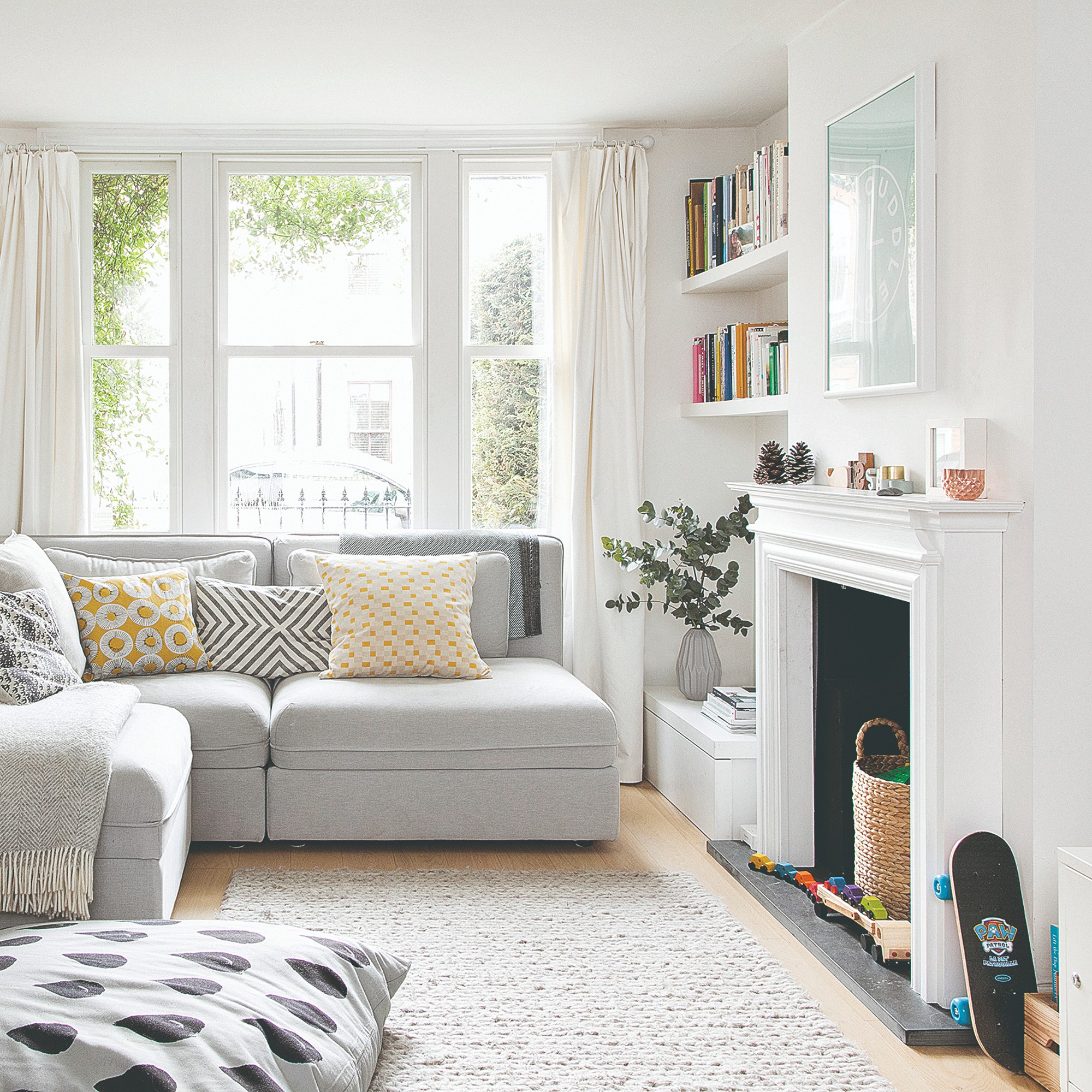
The fibres of carpets and rugs can trap allergens, dust, mould and other pollutants that can cause respiratory problems. They can also harbour fleas if you have pets. As well as vacuuming once or twice per week, hire a carpet shampooing machine for a thorough wash annually.
If you have allergies or asthma, it’s essential to wash pillows and clean duvets regularly at 60˚C to get rid of dust mites, which are a common trigger.
According to Allergy UK, ‘House dust mites are tiny creatures, about a quarter of a millimetre long. They live off human skin scales which have been partially digested by moulds and thrive in humid environments. Mites are found in bedding, carpets, soft furnishings and clothing.’
These small changes take varying amounts of time to achieve, while some are 5-minute fixes, others may take a full day to implement. See which one you have the time for and make a small change for the health of your home today.
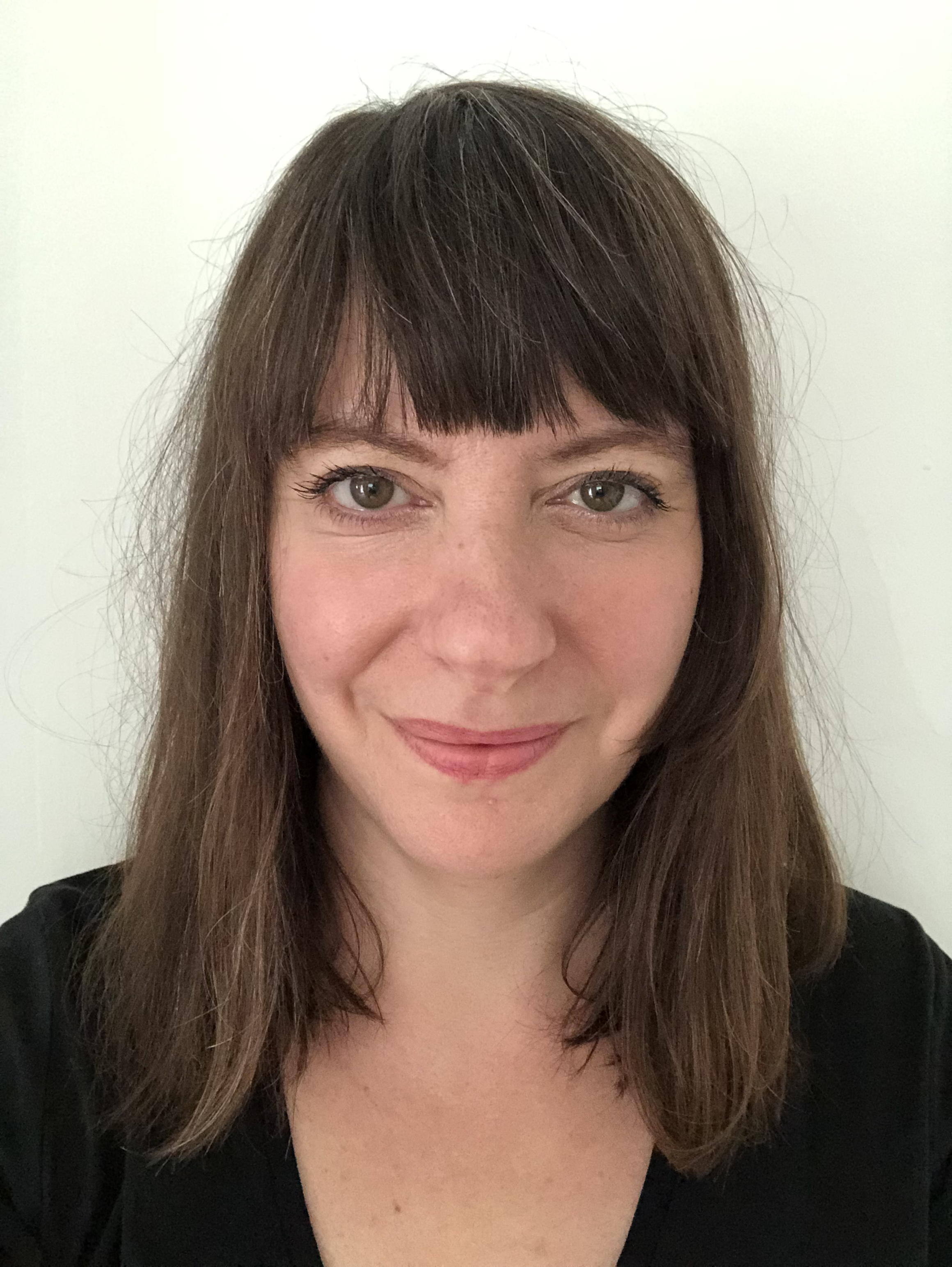
Vanessa Richmond has been a freelance writer, editor and editorial consultant since 2021. Her career in magazines began in 1998 and, apart from a four-year stint at women’s lifestyle magazine Red, it has been spent working on interiors titles including House Beautiful, Country Homes & Interiors and Style at Home. She is a former editor of Ideal Home, Country Homes & Interiors and Style at Home magazines. She has also worked for House Beautiful and Red. During her 25 years as a journalist, she has been a sub-editor, columnist, deputy editor and editor. Now she combines freelance writing with being a secondary-school English teacher.